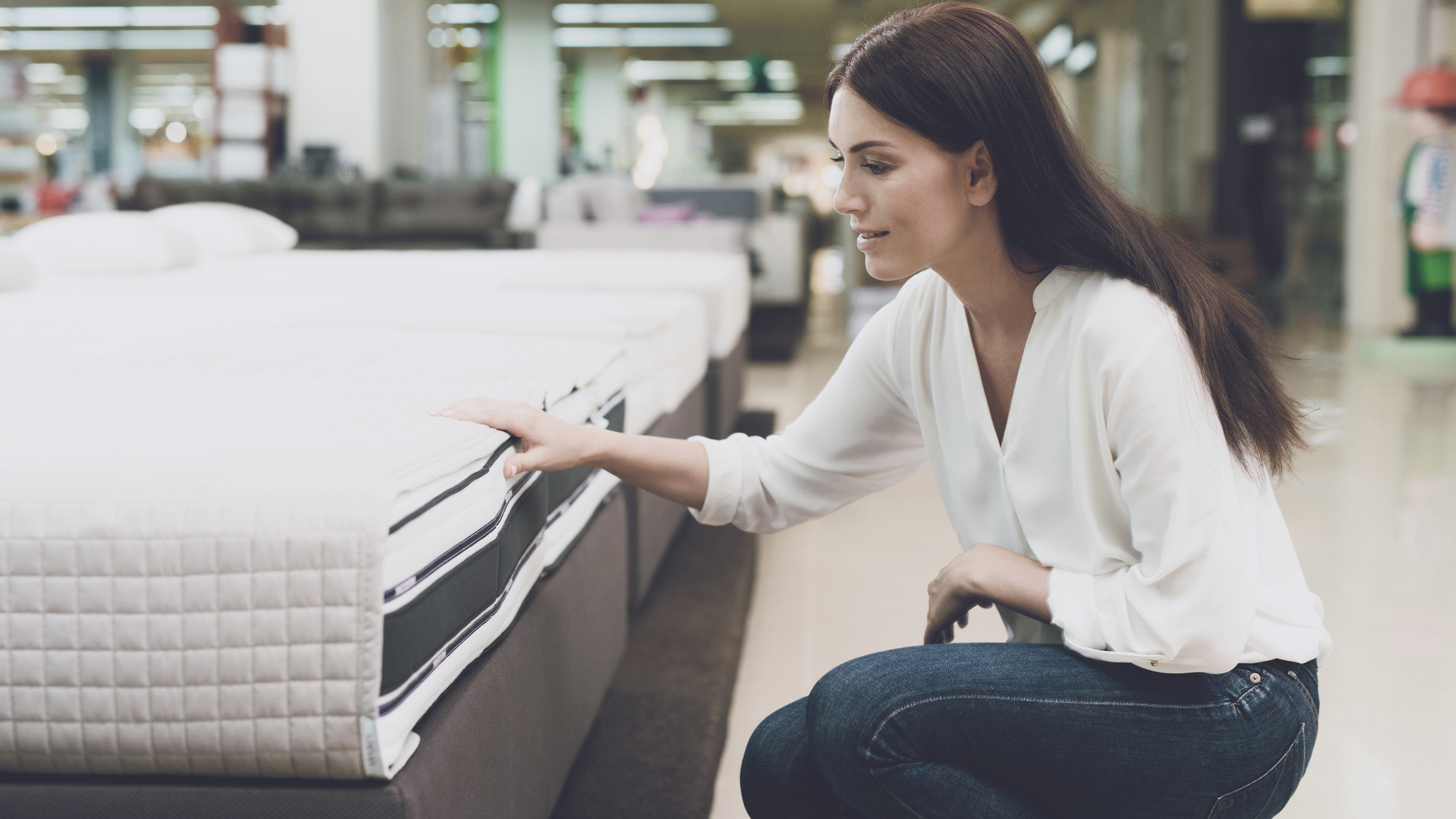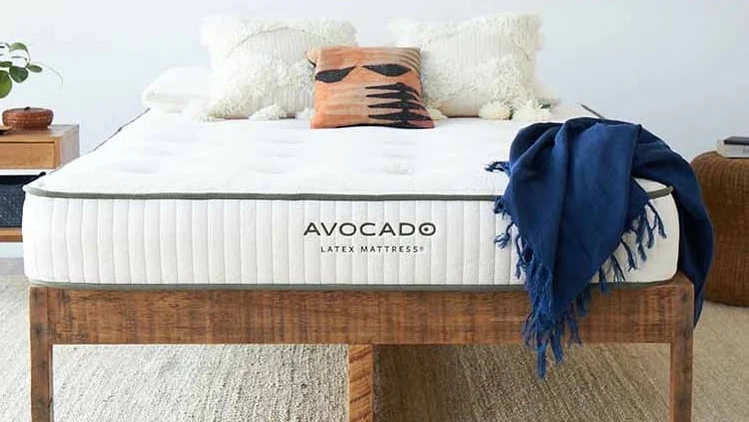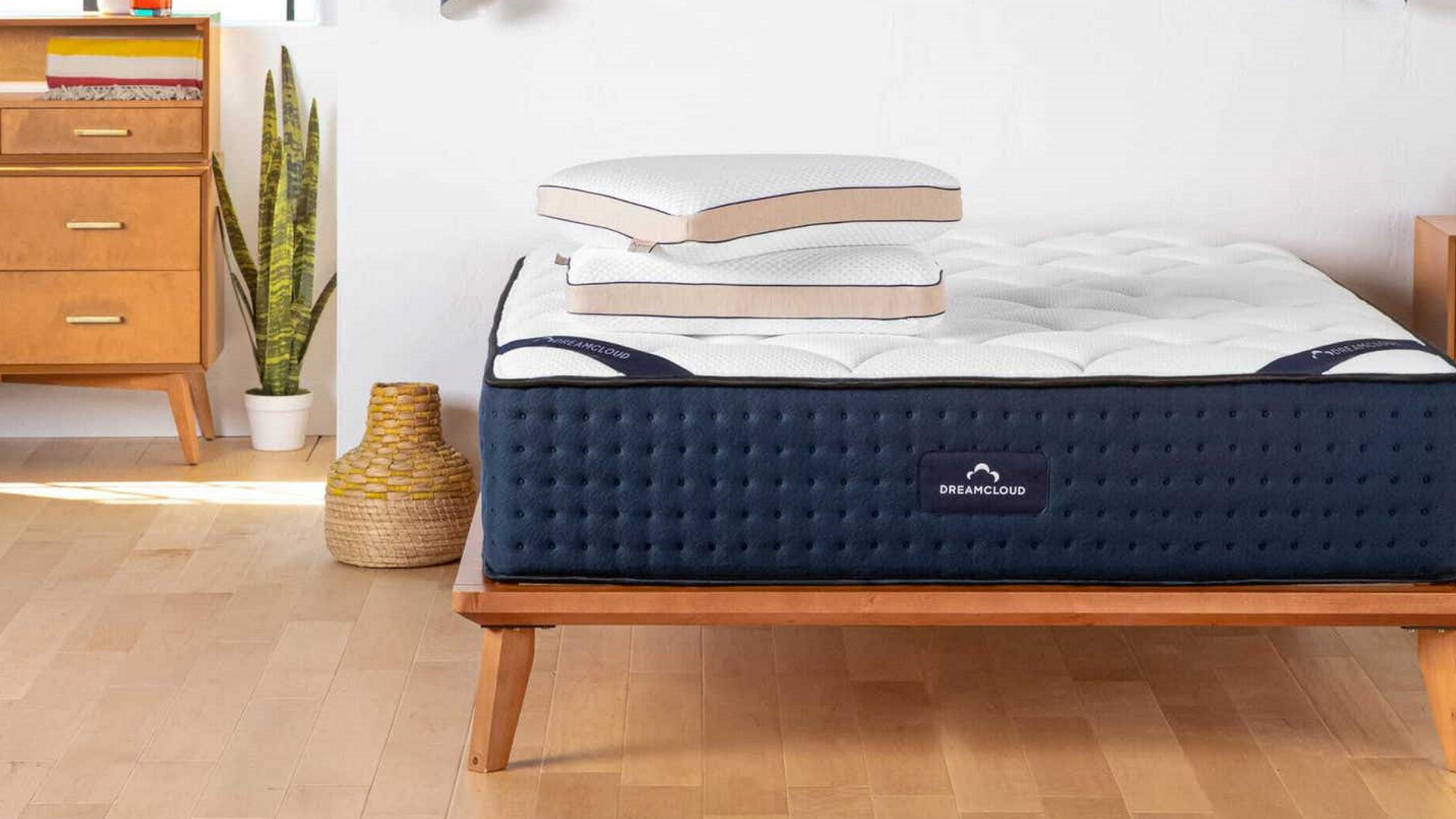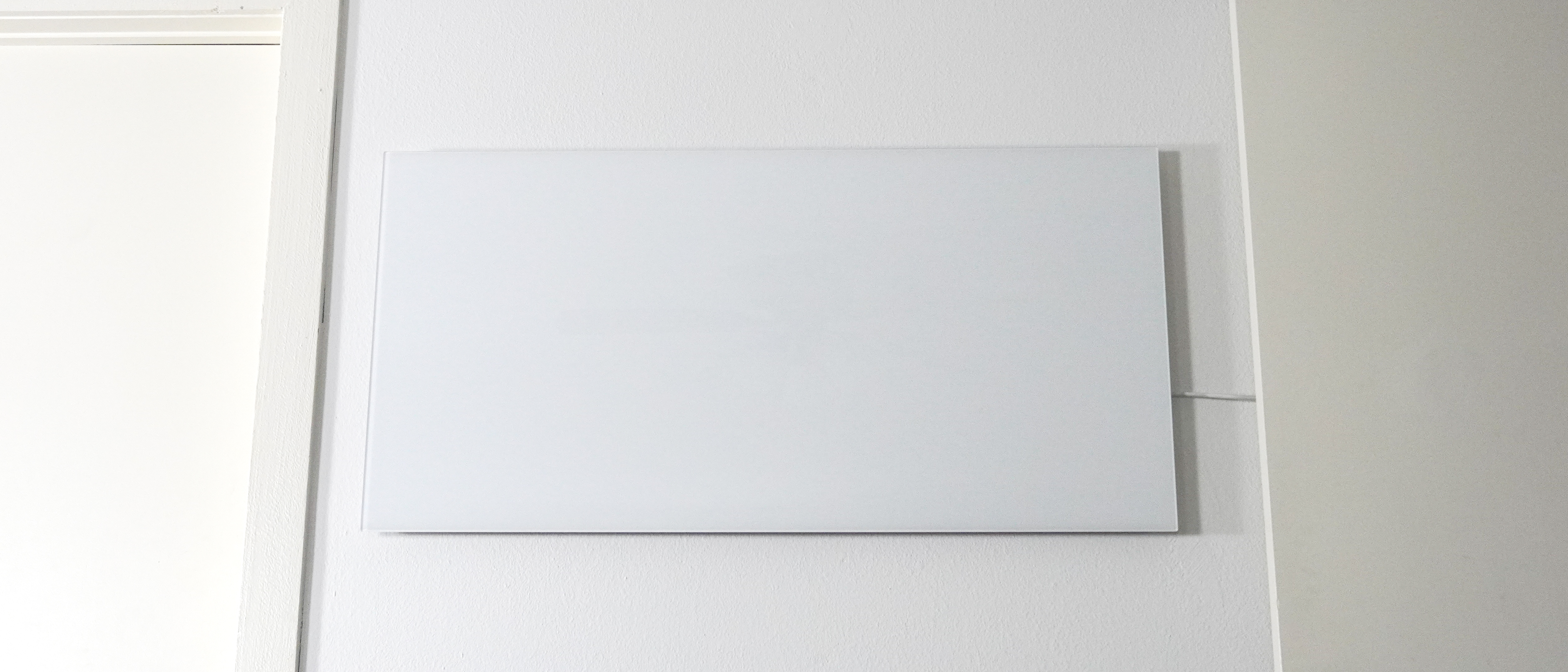5 mattress myths that are causing you to buy the wrong bed and ruin your sleep
Think a lifetime warranty means a mattress will last forever? Think again!

The advancement of mattress technology means that some advice surrounding mattress care is simply outdated. Whether you're the proud owner of a memory foam mattress or a luxurious hybrid, the way that we shop and care for mattresses has changed dramatically in the last decade.
The mattress that you sleep on underpins the quality of your sleep, so looking after it correctly is important. However, some mattress myths could result in you buying the wrong type of mattress for your sleep needs and then not knowing how to look after it properly.
For example, the myth that boxed mattresses are of a lesser quality than traditional, store-bought mattresses. We know from our rigorous research and testing of this year's best mattresses for most people that boxed beds can be extremely comfortable and supportive.
Here are 5 mattress myths that need to be put to bed immediately...
Myth #1: A quality mattress will last forever
Despite the growing prevalence of lifetime mattress warranties, no mattress will last forever. Although a long mattress warranty is useful and a promising indication of how long a mattress could last, different types of mattresses tend to have fairly fixed lifespans. The best hybrid mattresses and memory foam mattresses could give you up to ten years' use, whereas a cheaper innerspring will only last between five and seven years at the most.

Natural latex mattresses are the most durable, with some lasting up to twenty five years. Our guide to how long a mattress will last will help you crunch the numbers.
Even the best mattresses with lifetime warranties will begin to break down in time, with springs wearing out and foams breaking down and sagging. Lumps, bumps, and body indentations will become more pronounced over time and, when that happens, you could start to wake up with aches and pains. Knowing the signs that it’s time to replace your mattress is crucial to ensure you keep getting a good night’s sleep.
Get instant access to breaking news, the hottest reviews, great deals and helpful tips.
Myth #2: A mattress should be instantly comfy
Sleeping on a brand new mattress may feel immediately more comfortable. However it might not, but that doesn't necessarily mean it it isn't the right bed for you. A new mattress is an adjustment for your body. We get used to sleeping on one particular mattress so that when we get a new mattress, our bodies might not immediately feel comfortable.
This can be a particular issue if you change the type of mattress you’re sleeping on – moving from an older style innerspring mattress to one with an unusual sleep feel, such as the Purple Original (you can read our Purple Original mattress review on why we rate this bed so highly), or a memory foam mattress.
Choosing a bed with a long mattress trial is a great way to try out a new sleep surface. However, many mattress brands – including Helix Sleep, Nectar Sleep, DreamCloud Sleep and Avocado Mattress – insist on you sleeping on the mattress for a minimum period (usually 30 nights) as a 'break-in' period before you are eligible to return it. If it still doesn't feel comfortable after the break it period, send your mattress back.
Myth #3: Flipping mattresses helps them last longer
In decades gone by, when all mattresses were innersprings, the design of fiber filling, springs and padding that was identical on both sides meant that flipping your mattress helped to lengthen its lifespan. While there are some dual-sided mattresses in existence (like the Layla Hybrid mattress), most mattresses constructed today are not designed to be flipped.

Unless you have a dual-sided model, mattresses are built in specific layers with a sturdy base layer at the bottom, which shouldn't ever be flipped. However, many mattresses can still be rotated, and this is vital to help spread out wear and tear, as well as preventing body indentations from forming. However
You will also find a few mattresses that can’t be rotated or flipped, as they have been built with zoned support. Our guide on how often to rotate or flip your mattress will give you more in-depth analysis.
Myth #4: A firm mattress is best for back pain
The best mattresses for back pain aren't always firm. Developing aches and pains is often down to sleeping on an old mattress that’s lost its support. People tend to think that buying a firmer mattress will solve back pain, but in fact it’s all about choosing a mattress for your body type and sleeping style.
If you’re a lightweight sleeper or sleep on your side, a firm mattress won’t have enough cushioning across pressure points like your shoulders, hips and knees. This means you could end up with more back pain rather than less.
However, heavier and stomach sleepers, or those suffering with lower back or neck pain, a firm mattress could be ideal as it will support the lumbar region fully and help keep your spine aligned.
Myth #5: Boxed mattresses aren't as good
One of the biggest mattress myths out there is that buying a mattress in a box means compromising on quality and comfort is. We know from testing the best mattresses in a box that this simply isn't true these days. While some of the most luxurious mattresses do still arrive flat, such as the Saatva Classic mattress and Purple’s premium range, many of the best mid-range and premium models are boxed beds.

In contrast to the mattresses that arrive traditionally flat, mattresses in a box are sold online and are compressed and neatly packaged into a box before being delivered directly to your door. Not only is a mattress in a box more manoeuvrable, the money that mattress brands save on bricks and mortar stores often translates to greater savings for the consumer.

Jo Plumridge is an experienced mattress reviewer with several years' experience covering all things mattresses and sleep, and who tests memory foam, hybrid and organic mattresses. What Jo doesn't know about a boxed mattress isn't worth knowing, so naturally we tasked her with producing a series of features for Tom's Guide looking at all aspects of mattresses, from how to pick between latex and memory foam (it's a tricky one), to the seven mistakes people make when buying a mattress for the first time. When testing the DreamCloud Luxury Hybrid for Tom's Guide, Jo said: "I loved the back support and pressure relief it offered. Plus, it looks far more expensive than it is." When she isn’t writing about sleep, Jo also writes extensively on interior design, home products and photography.
